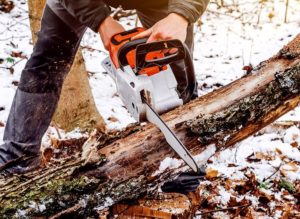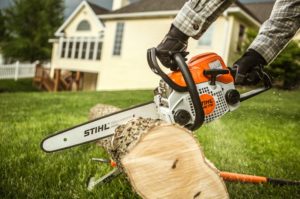Factors to Keep in Mind When Buying a Reciprocating Saw
Choosing the right reciprocating saw is an essential decision for anyone wanting to purchase one. It is important that you know certain things before you buy one. This is to ensure that you are going to be buying the right saw. If you want to buy the best reciprocating saw, you should read reviews and buying guides. Many factors go into choosing a reciprocating saw, and this article will help you figure out which one best suit your needs.
Power Source
 Reciprocating saws come in two basic types: electric and pneumatic. Electric reciprocating saws use a cord to plug into an electrical source, like your home’s wall outlet or generator for outside work. Pneumatic models run off of compressed air delivered through either hose connected with an air compressor or a built-in air tank. Many people mistakenly think that pneumatic is better than electric, but this isn’t always true. Electric reciprocating saws are often lighter and easier to use, especially for beginners or people who don’t have the time/resources to buy an air compressor.
Reciprocating saws come in two basic types: electric and pneumatic. Electric reciprocating saws use a cord to plug into an electrical source, like your home’s wall outlet or generator for outside work. Pneumatic models run off of compressed air delivered through either hose connected with an air compressor or a built-in air tank. Many people mistakenly think that pneumatic is better than electric, but this isn’t always true. Electric reciprocating saws are often lighter and easier to use, especially for beginners or people who don’t have the time/resources to buy an air compressor.
Blade Stroke
One of the most important features to consider when choosing a reciprocating saw is its blade stroke or how far it extends. Common sizes are between four and twelve inches, with larger models for more heavy-duty projects available as well. A longer blade can cut deeper but may have difficulty cutting through smaller materials because of the increased surface area that needs to be cut.
Blade Size and Type
Reciprocating saw blades are available in a variety of sizes, shapes, and materials. Specialty blades include bi-metal for added strength when cutting metal or masonry; diamond tipped to cut through glass/tile without chipping the material; woodcutting that is designed specifically for working with wood; high tooth count for faster rates of cutting; and specialty blades that can cut through odd shapes or materials like copper.
Brand and Warranty
 There are many different reciprocating saws on the market today, each with its pros/cons. Before choosing a model or price range, it is important to consider which brand you want or are comfortable with. Some popular brands for reciprocating include Milwaukee, DeWalt, Ridgid, and Black & Decker, among others. Many of which have a standard warranty included with the product purchase.
There are many different reciprocating saws on the market today, each with its pros/cons. Before choosing a model or price range, it is important to consider which brand you want or are comfortable with. Some popular brands for reciprocating include Milwaukee, DeWalt, Ridgid, and Black & Decker, among others. Many of which have a standard warranty included with the product purchase.
Price
Reciprocating saws can range in price from as little as $20 to over $400, depending on the type and brand that you choose. If this is your first time purchasing one, then it’s best to start somewhere around $50-75 for a good quality reciprocating saw. Many people often prefer electric models because of their lighter weight and ease of use, but pneumatic is the way to go if a project requires more torque or power.
A reciprocating saw is an essential tool for any home improvement project, but it can be hard to choose which one to buy. Luckily, we’ve done the research and outlined the things to consider, so you don’t have to do all the legwork yourself. Be prepared with this information on hand before your next big purchase. We hope that this guide has answered some of your questions about reciprocating saws and gives you an idea of which type will work best for your project.…



 chainsaws in the market. Rates may vary depending on the brand or the various features that make them stand out. You can also compare prices in different shops. Do not forget to consider the quality of service offered by a specific device when comparing prices.…
chainsaws in the market. Rates may vary depending on the brand or the various features that make them stand out. You can also compare prices in different shops. Do not forget to consider the quality of service offered by a specific device when comparing prices.…